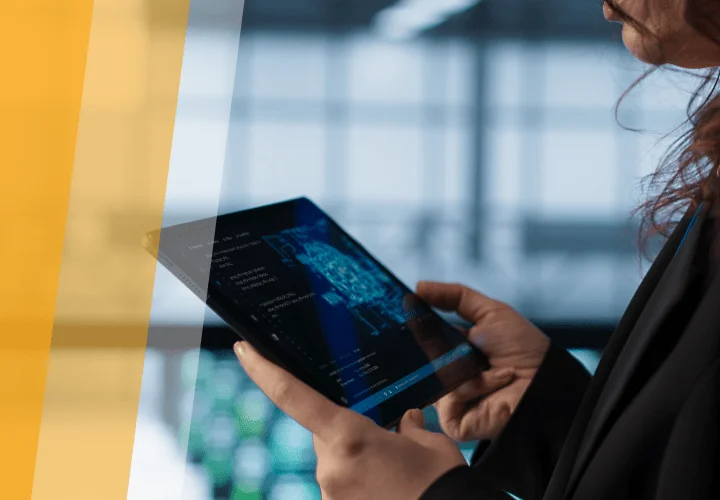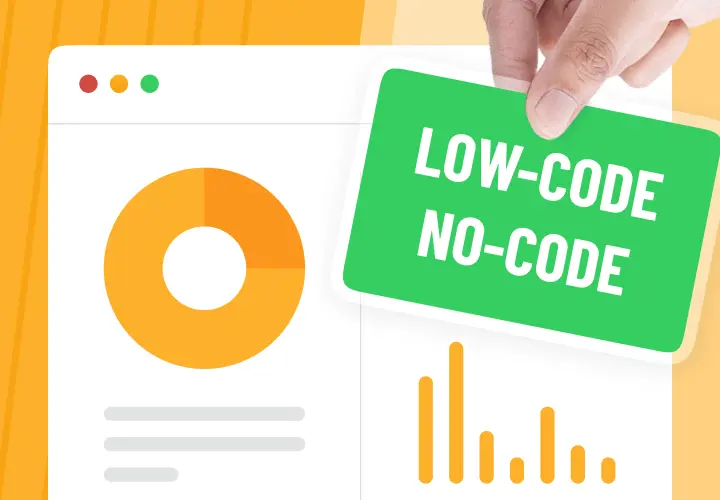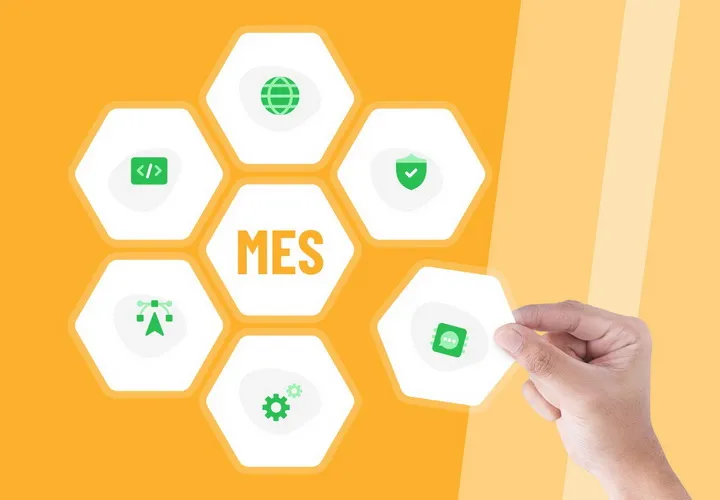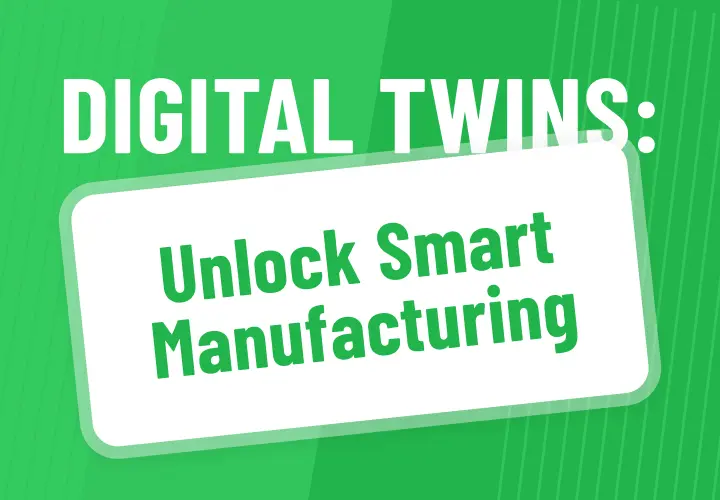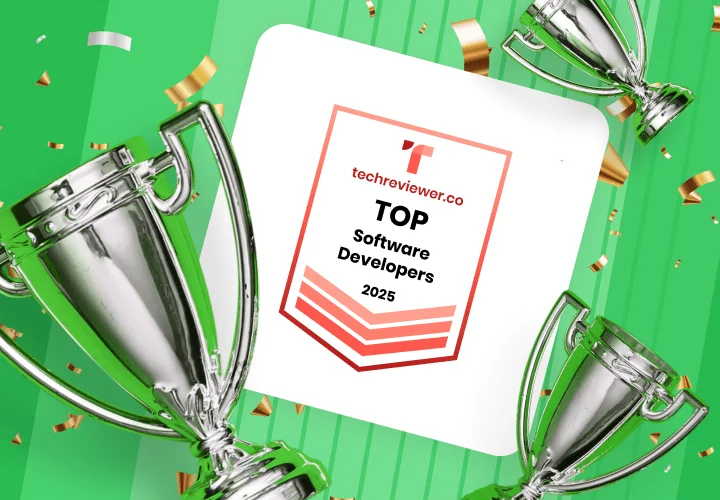How Tech Innovations Evolve When Applied to Real Life (2025-2030)
The period between 2025 and 2030 is poised to be a truly transformative era for technology. Many emerging innovations are shifting from theoretical concepts and niche applications to widespread, real-life integration. This evolution will largely be driven by the convergence and maturity of several key technologies.
It's worth remembering that as early as 2019, leading experts like Gartner and Deloitte were already unanimous in their belief that AI was no longer a luxury but a critical need in the development process. They both noted increased attention towards security issues, and Forbes anticipated a "Blockchain rehab." Terms like Blockchain, AI, AR (Augmented Reality), IoT (Internet of Things), or digital twins were already on everyone's lips back then. What's truly changing isn't the tech itself, but the focus and application fields. As the adaptability of trends to the world's needs has shown, a customer-centric view has come to the forefront. - Eric Johnson, Marketing Expert, Emerline
AI and Automation
AI is moving from a mere buzzword to a critical business need. IoT is transforming AI-enabled tools from simple assistants into solutions with higher automating capacities. Various industries will prosper as boosted computing performance allows AI to easily handle outlier detection, real-time monitoring of assets and products, or root cause analysis. Generally, humans will have more time for strategic business concepts, while AI-based solutions speed up the development process and favor sound business decisions.
Between 2025 and 2030, AI will become less of a separate tool and more of an invisible, pervasive layer enhancing nearly every aspect of daily life and industry.
- Ubiquitous AI-Powered Assistants: Beyond current chatbots, AI assistants will become more proactive, predictive, and multimodal. They'll seamlessly integrate across devices, anticipating user needs, managing schedules, optimizing tasks, and even engaging in sophisticated AI-to-AI communication to coordinate processes without human intervention (e.g., smart homes managing energy based on grid data).
- Hyper-Personalization: AI will drive extreme personalization in everything from education and healthcare (e.g., AI-driven diagnostics, personalized drug discovery, preventative medicine based on individual genetic makeup) to retail (hyper-customized shopping experiences, AI-driven recommendations) and entertainment (AI-generated content, personalized music/movie recommendations).
- Decision-Making Robots and Autonomous Systems: Robots will gain significant decision-making capabilities, moving beyond repetitive tasks to assess situations, adapt to changing environments, and execute decisions in real-time across manufacturing, healthcare, logistics, and even domestic settings. Autonomous vehicles, including self-driving cars and delivery drones, are expected to become more common, offering safer and more efficient transportation solutions.
- Enhanced Productivity and Work Transformation: AI will fundamentally reshape work, automating repetitive tasks across industries (e.g., customer service, data management, finance, legal). This will free up human workers for more complex, creative, and strategic roles, leading to increased productivity and new job opportunities in AI development and data science. AI coding assistants will also democratize software creation.
Automation: AutoML in the Foreground
Aiming to reimagine and optimize customer experience, businesses are increasingly opting for Auto Machine Learning, or AutoML. This automated process handles algorithm selection, pattern exploration, providing suggestions, and more. This is what the evolution of ML models looks like – AutoML tools are working to delight customers.
Blockchain: Less Hype, More Privacy
Briefly about Blockchain. Once the initial dust settled, key areas for improving the technology became evident. Two major challenges for Blockchain as a concept are privacy and security. Cases of Blockchain hacking led to a clear need for digital identity solutions and enhanced confidentiality. We're now seeing new breakthroughs in the tech that will prevent future security breaches.
Spatial Computing (AR/VR/Metaverse): Blurring Digital and Physical Realities
The term Extended Reality (XR) as an umbrella term for VR (Virtual Reality), AR (Augmented Reality), and MR (Mixed Reality) was already growing strong, with the lines between these three terms blurring. XR was already shaping the future of retail and e-commerce in 2019 and beyond. World-famous brands like Amazon and IKEA gave their customers a chance to experience virtual products in a real-world environment without taking a single step, needing only a mobile phone. Overall, practical applications continued to dominate.
Between 2025 and 2030, the boundaries between the digital and physical worlds will continue to blur, leading to more immersive and interactive experiences.
- Immersive Work and Collaboration: Spatial computing will revolutionize remote collaboration, allowing individuals to interact with digital workspaces and virtual objects as extensions of their physical environment. This will enhance productivity and break down geographical barriers in professional settings.
- Transformative Education and Training: AR and VR will become commonplace tools for in-the-moment learning, simulations, and skill development, offering immersive scenarios for training in fields like healthcare, engineering, and vocational trades.
- New Entertainment and Social Experiences: Gaming, entertainment, and social interactions will become significantly more immersive and shared through advanced AR/VR platforms.
- Industrial Metaverse: Digital twins and industrial metaverse applications will enable real-time simulations, predictive maintenance, and optimized operations in manufacturing, logistics, and other heavy industries.
DevSecOps: A Syllable for Greater Security
DevOps is smoothly transitioning to DevSecOps, gaining one more syllable and integrating robust security practices within the process. More IT organizations acknowledge that security is now their responsibility. Risk assessment and risk management, threat modeling, and cybersecurity management are becoming integral parts of any product development procedure.
This offers a great chance to embed a security culture and implement strong cybersecurity practices into a company's mindset. By 2025-2030, cybersecurity will be even more critical:
- Cybersecurity Threats and Solutions: Quantum computing, while still largely in developmental stages, poses a significant threat to current encryption methods, necessitating the rapid development and implementation of new, quantum-resistant cybersecurity protocols.
Advanced Connectivity (5G/6G and Edge Computing): The Hyper-Connected World
The evolution of network technologies will enable the seamless flow of massive amounts of data, powering advanced applications.
- Ultra-Reliable, Low-Latency Communication: 5G adoption will expand globally, and 6G (with anticipated commercial deployments by 2030) will offer even faster speeds and near-zero latency. This will be crucial for real-time applications like autonomous vehicles, remote surgery, and hyper-connected smart cities.
- Decentralized Data Processing (Edge Computing): Edge computing, combined with 5G/6G, will enable data processing closer to the source, reducing latency and allowing for instant responses in IoT devices, AR/VR experiences, and autonomous systems.
- Smart Cities: Advanced connectivity will power truly smart cities, with interconnected sensors and AI managing traffic, public safety, energy consumption, and environmental monitoring in real-time.
Quantum Computing: Unlocking Unprecedented Problem-Solving
While still largely in developmental stages, the period 2025-2030 could see significant steps toward commercial viability and integration of quantum computing, particularly for specific, highly complex problems.
- Drug Discovery and Material Science: Quantum computers will accelerate research by simulating molecular interactions at unprecedented levels, leading to breakthroughs in new drug development and advanced materials.
- Complex Optimization: Industries like finance, logistics, and manufacturing will leverage quantum computing for rapid optimization of complex systems, such as supply chains, financial models, and network routing.
Biotechnology and Human Augmentation: Reshaping Health and Life
Breakthroughs at the intersection of biology, computing, and engineering will revolutionize medicine and potentially human capabilities.
- Personalized and Preventive Medicine: AI-driven diagnostics, genetic engineering (e.g., CRISPR for gene editing), and "organ-on-a-chip" systems will lead to highly personalized treatments and a strong shift towards preventing diseases before symptoms appear.
- Brain-Computer Interfaces (BCIs): While ethical and public perception barriers exist, advancements in BCIs could lead to commercial applications beyond aiding patients with neurological disorders, potentially enabling hands-free control of technology and even cognitive enhancements.
- Synthetic Biology and Lab-Grown Food: Progress in synthetic biology may lead to commercially viable lab-grown food, offering sustainable alternatives to traditional agriculture.
Sustainable Tech: Addressing Climate Change
Technology will play an increasingly critical role in addressing environmental challenges.
- Clean Energy and Grids: Innovations in clean energy production (e.g., advanced solar, wind, and potentially small modular reactors) and smart grid management will become more prevalent.
- Carbon Capture and Sustainable Materials: Direct Air Capture (DAC) technologies and other carbon removal solutions will advance, alongside the development of sustainable materials and eco-friendly manufacturing processes.
- AI for Climate Solutions: AI will be used for improved weather prediction, optimizing energy consumption, and managing environmental resources.
Challenges and Considerations
Alongside these advancements, the period 2025-2030 will also necessitate significant focus on:
- Ethical AI and Governance: Establishing robust frameworks for the ethical, transparent, and secure use of AI (AI TRiSM).
- Cybersecurity: Developing advanced defenses against increasingly sophisticated cyber threats, especially given the rise of quantum computing.
- Digital Divide: Ensuring equitable access to these transformative technologies to prevent widening global inequalities.
- Sustainability of Tech: Addressing the energy consumption and environmental footprint of rapidly expanding AI and data centers.
In summary, the evolution of tech innovations in real-life applications between 2025 and 2030 will be characterized by the deep integration of AI into almost all aspects of life, increasingly immersive digital-physical experiences, breakthroughs in health and biology, and a concerted effort to leverage technology for sustainability. All of this will be underpinned by hyper-fast and pervasive connectivity.
Updated on Jun 23, 2025
